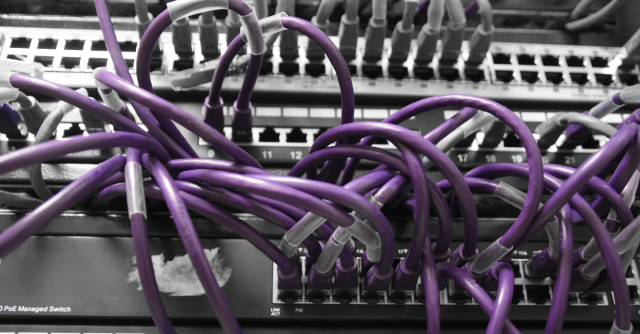4 common myths about DRaaS debunked
While 77 percent of CIOs say they want to reduce the overall costs of Disaster Recovery (DR) by looking to DRaaS, some still wonder about the effectiveness and viability of DRaaS for their unique organizations.

Inundated by a deluge of arguments both for and against discrete DR solutions, decision-makers can be left scratching their collective heads about the right path forward. Read on as we help separate fact from fiction when it comes to DRaaS, so you can move forward on a business continuity plan—armed with knowledge and confidence.
Myth #1: A backup solution alone is enough to protect my data
The Truth: Point-in-time recovery can lead to massive amounts of data loss.
Point-in-time recovery is a data backup method that relies on setting a specific time from the past to restore or recover a set of data. Most backups are scheduled to occur at fixed intervals of time – once per hour, once per day or, in some cases, as infrequently as once per week. With a backup-only solution, the amount of data you lose depends on when your last snapshot was taken.
A DRaaS service, on the other hand, hosts and continually replicates your servers to enable failover in the event of a natural or man-made catastrophe. This means both your data and your infrastructure are protected.
Myth #2: Downtime will “only” cost my organization $300,000 per hour
The Truth: There is no “one number” for the cost of downtime – loss in revenue, customer and brand reputation is immeasurable.
While the much-storied $300,000-per-hour figure is a hefty price for downtime, the true cost is likely higher. Why? Because there is no “one number” for the cost of downtime. Loss in revenue, customers, brand reputation and market share is immeasurable. Consider this: according to the U.S. National Archives & Records Administration, 93% of companies that lose their computer systems for 10 days or more due to a disaster file for bankruptcy within one year of the event. That level of risk, along with new threats like increasingly volatile weather events resulting from climate change, has businesses of all sizes leveraging the benefits of a DRaaS solution.
Myth #3: My DR strategy ensures minimal downtime (RTO)
The Truth: Effective business continuity requires measurement of more than just downtime.
RTO (Recovery Time Objective) is the maximum tolerable time allowed to recover client systems after a disaster scenario has been declared. While the cost and peril of client downtime are well-storied, RTO is only part of the story: RPO (Recovery Point Objective) refers to the point in time from which your recovery is drawing; thus, a gap between RPO and the outage can result in lost and unrecoverable data.
A DRaaS solution delivers the ability to meet both RTO and RPO requirements. Near-real-time replication delivers the lowest RPO available, minimizing data loss during a disaster event. Many DRaaS providers offer multiple RTO levels to meet your unique requirements.
Myth #4: All DRaaS solutions are the same
The Truth: DRaaS is a technology, and so much more
True IT resiliency comes from a combination of technology, resources and expertise. The field of DRaaS providers is growing daily, so be savvy when choosing the right partner to ensure business continuity. At a minimum, choose a DRaaS provider who:
- is recognized as an industry expert
- has a staff of highly certified and specialized professionals with deep experience in data protection and recovery
- offers resources and support throughout the process to ensure successful deployment, maintenance and execution
- understands your business and requirements to architect a full-coverage DRaaS solution
Want to learn more about DRaaS?
Download our latest guide, "Disaster Recovery: What You Need to Know to Prepare for the Worst" to learn how to assess risk, plan for downtime, and implement a comprehensive recovery strategy. Don't wait—be ready for whatever comes your way!








